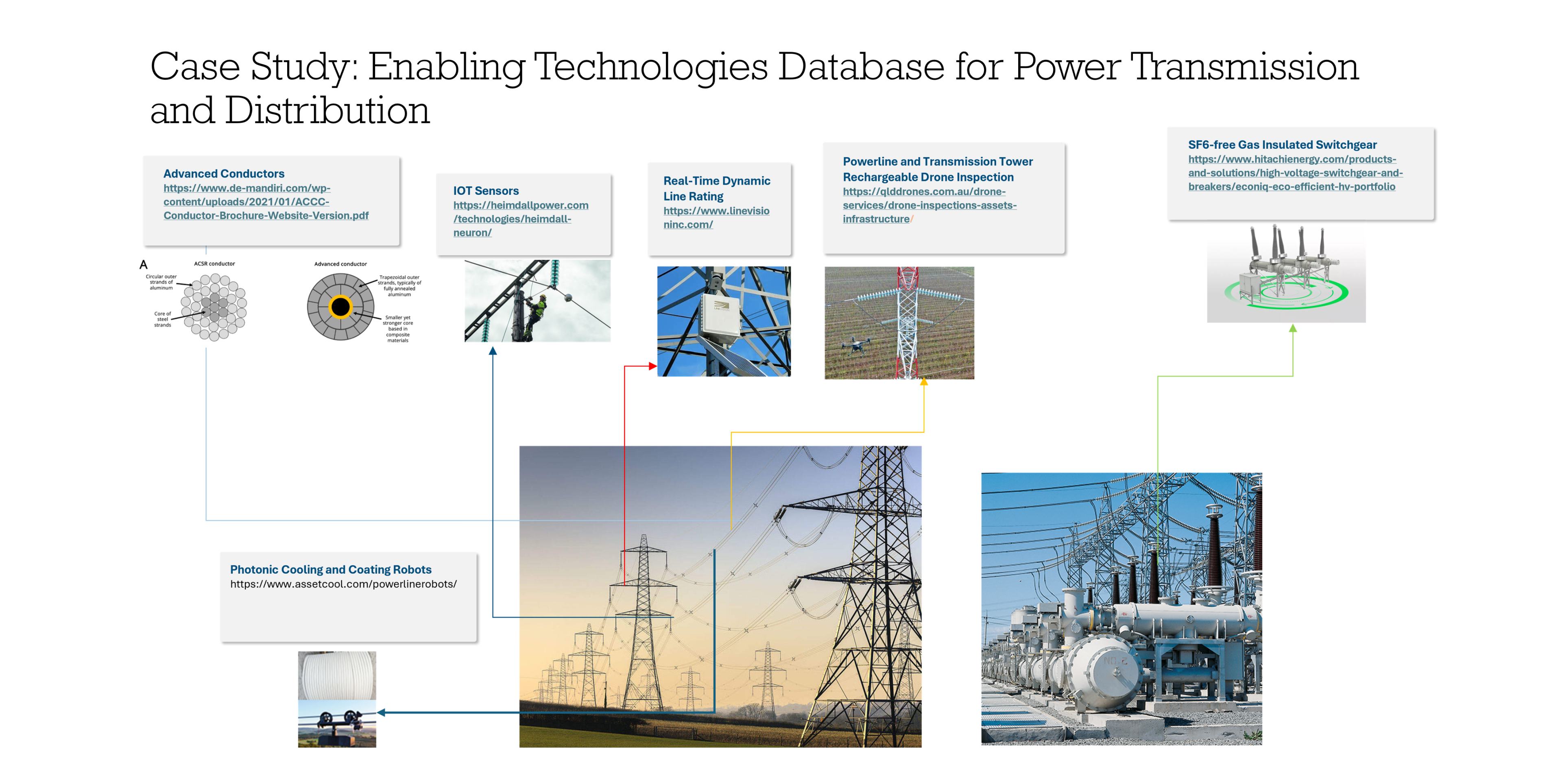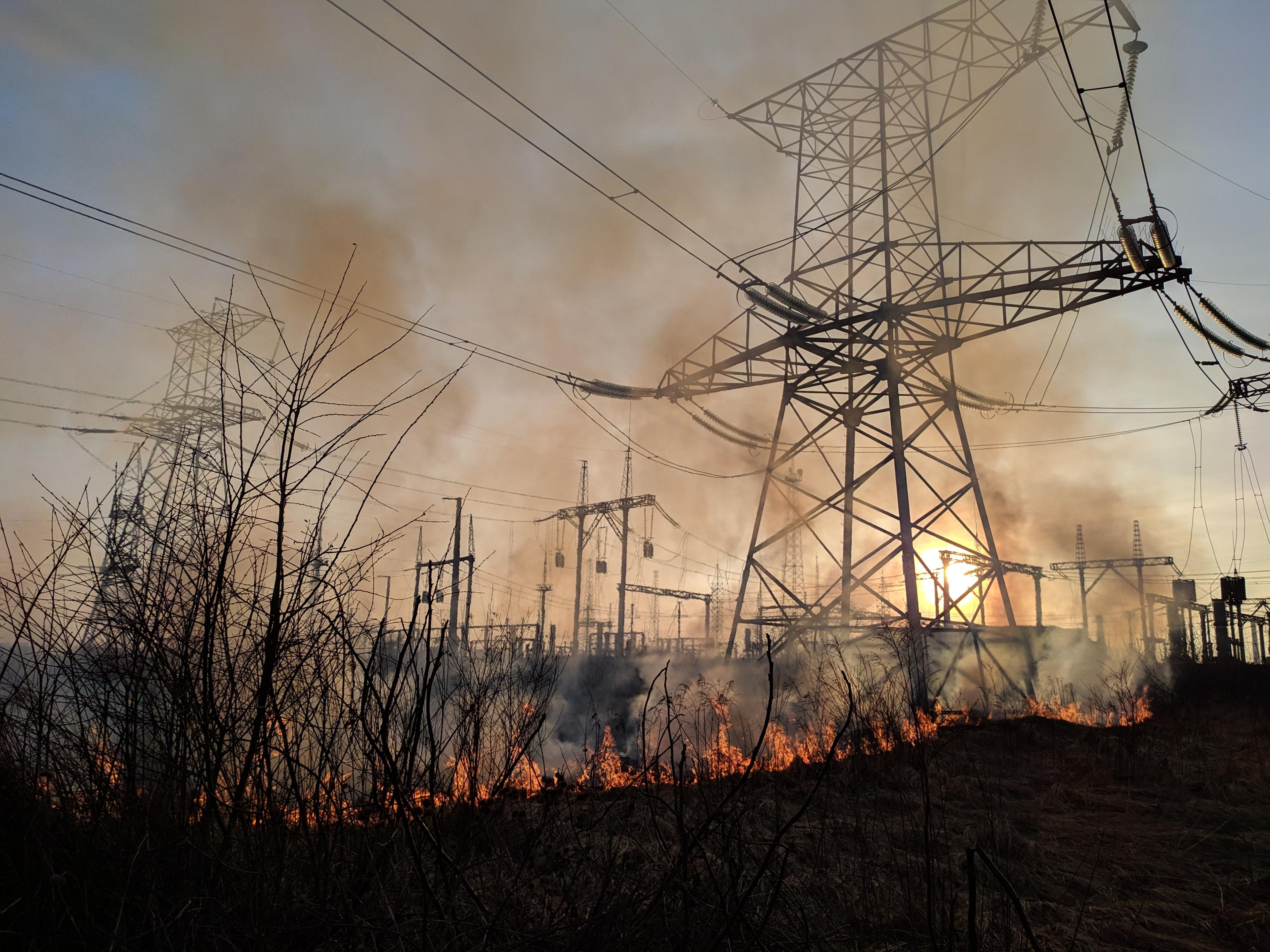Energy flow bottlenecks in high voltage overhead power transmission lines are well known challenges in connecting new power generation sources with existing and new users. This has led to, among other things, extended delays in permitting and hook-up of new power generation, spikes in power pricing, as well as overloads leading to black-out and other electrical system reliability issues.
Power outages are distinctive events for insurers in so far as they can cover enormous geographic areas, potentially larger than any other loss event. They also affect most customer classes and a multiplicity of insurance coverages. Electricity service disruptions have direct links to insured risks such as property damage (PD), Business Interruption (BI), and Third-Party Liability (TPL) as seen recently in the blackout incident in the Iberian Peninsula on 28 April 2025, with estimates of ‘ground up’ losses of €1.6billion, and insured losses of > €300 million (1). Another example is the 2003 black-out in the North-Eastern United States where 63GW of power load were interrupted, 400 HV transmission lines, and 531 generating units at 261 power plants tripped, impacting 50 million people and with total costs in excess of $10.5 billion (2025 dollars) (2,3). Understanding the magnitude of losses related to electricity reliability is important to insurers seeking to improve underwriting, risk management and loss prevention.
As global power demand continues to rise, with an increase in ‘electrification’, increased contribution of renewables in the power generation mix, and the impact of climate change, loss events due to large scale grid disruption are becoming more frequent. Causes of loss include perils such as extreme weather conditions (heat/cold/lightning, storms, ice), human error, equipment and software failure, spikes in power demand, forced outages of power plants or transmission networks and cyber-terrorism. So, what risk mitigation measures can be put in place to protect existing critical electrical infrastructure whilst also debottlenecking capacity? There are many new and emerging technologies available presently, and in the near future, that may be utilized to manage this risk. Here are some examples from Liberty’s proprietary Enabling Technology Database to show what is possible.
Advanced Conductor Technology, such as those developed by CTC Global, including aluminium conductor composite core (ACCC) or aluminium conductor steel supported (ACSS) have benefits over standard Aluminium Conductor Steel Reinforced (ACSR) used in AC transmission lines. Advanced Conductors replace the central steel cores with composite materials, especially carbon fibre, and replace the circular aluminium conductors with trapezoidal ones. This confers two times higher current carrying capacity, with lower resistance, higher temperature limits, higher strength and less risk of ‘sagging’ below minimum safety clearances, a feature of aluminium’s low elastic modulus. Reconductoring of existing overhead lines (OHL)s is possible and the technology has been shown to reduce line losses by ~30%. This technology is already well established, with a Technology Readiness Level (TRL) of 9 having been deployed for 1,250 project by over 300 utilities in 65 countries to improve and enhance their electric power grids. But there are also up and coming technologies, such as Photonic Cooling, a technology developed by UK start-up AssetCool where a photonic coating is applied to the OHL, which lowers conductor temperature by both reflecting solar radiation and emitting heat at the same time. The coating can be applied on existing power lines by small robots crawling along them. This can boost current carrying capacity by up to 30% while staying within existing 80C upper temperature limits. Both these technologies can increase the capacity of existing OHLs.
There are also a number of technologies available to optimise line capacity and performance in real time. These include IOT Sensor Technologies, which monitor key performance parameters (e.g. current, temperature) of power transmission lines in real time. It uses sphere-shaped sensors, called Neurons, fitted on the transmission line. Supported by weather information and AI, they enable analysis of the sensor data, giving real-time utilization of the network, helping the grid operator to increase power transmission by utilizing the spare capacity. Another Dynamic Line Rating Technology developed by LineVision is the industry's only non-contact sensor that is transforming the way transmission lines are monitored, including Dynamic Line Rating (DLR). This patented sensor technology mounts quickly and securely to lattice towers and monopoles rather than to live lines, dramatically increasing the safety, operational efficiency, and accuracy of data models. Dynamic line ratings are calculated using real-time field measurements and conductor position to determine the maximum carrying capacity of the transmission line, enabling it to be continuously optimized and to support the integration of growing renewables capacity to the grid. These technologies claim to increase the capacity of the existing transmission lines by 40% through smart measurement and have been deployed by multiple utilities.

Click on the image above to view in full screen.
The increased stress on power infrastructure can increase the risk of losses occurring from such sources as corona discharges, overheating and insulation breakdown which will result in line failures. Furthermore, with the increasing mileage of HV transmission lines, traditional monitoring methods are no longer sufficient to meet OHL maintenance needs. Powerline and Transmission Tower Rechargeable Drone Inspections are coming to the fore. Aerial imaging of power infrastructure is much faster and safer than manual inspections, reducing or eliminating the risk of personnel working at heights in most cases, eliminating scaffolding and rope access. With a drone-mounted thermal camera, “hotspots” can be rapidly identified across a power line, detecting potential problem areas before they get more serious. The technology can also be used for corridor mapping (LIDAR 3D laser scanning), corona detection (UV sensors) and substation static line inspection and can be deployed for surveying, inventory and inspection including defect and condition-based assessments. Smart Analytics recognizes various OHL components such as pylons and conductor cables. The software automatically creates an inventory of the components and generates a 3-D representation of the OHL, the surrounding line corridor and vegetation. An Analytics & AI Engine uses algorithms that can identify damaged components e.g. broken insulators or defective vibration dampers. Another new class of transmission and distribution Line Monitoring System offers a different approach. This system, already being deployed on large-scale grid applications in SE Asia, can detect and timestamp traveling waves—the high-speed signal emitted during fault inception—and use this to locate the fault to within 200 m (overhead) or <0.2% of line length (underground). The system comprises monitoring terminals in the form of clamp-on sensors installed every 20–30 km for overhead lines, or 8–10 km for cable, a data centre platform receiving real-time alerts and an analytics engine which calculates exact fault location based on wave propagation and current change analysis.
All of the technologies described in this article are forms of risk mitigation in power transmission infrastructure occupancies which may be utilized to support higher levels of reliability and improved system controllability, leading to a higher levels of system resilience. These in turn can improve risk quality for this occupancy and reduce the magnitude and frequency of loss events.

References:
- Possible implications for insurers of the 28 April blackout, Clyde and Co, June 2025
- Causes of the 2003 Major Grid Blackouts in North America and Europe, and Recommended Means to Improve System Dynamic Performance, IEEE Power Engineering Society, August 2004
- An Insurance Perspective on U.S. Electric Grid Disruption Costs, Evan Mills and Richard B Jones, Geneva Papers, 2016

